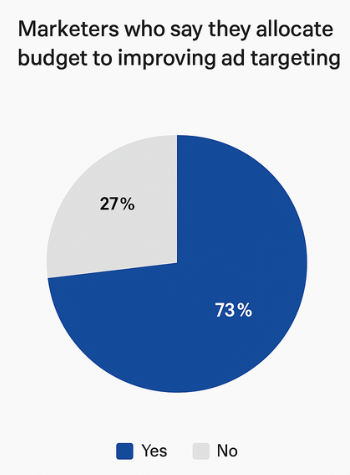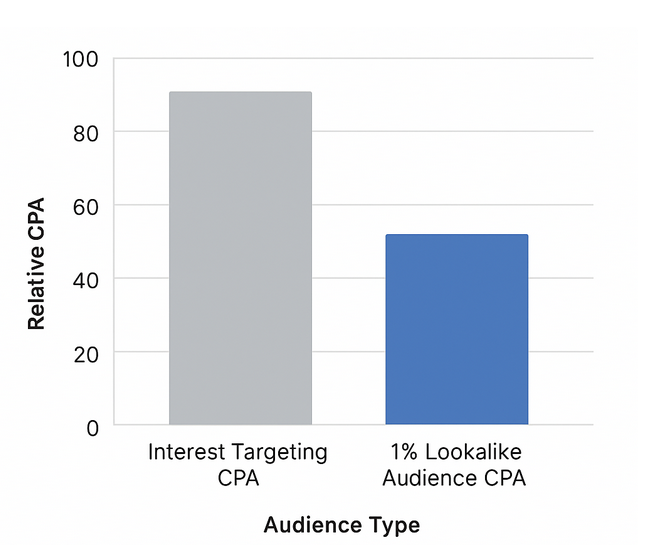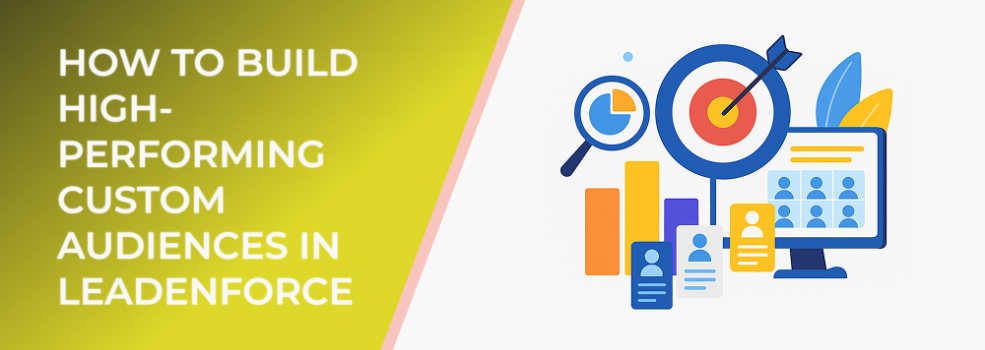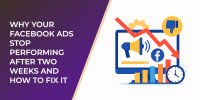Effective advertising starts with precision targeting. According to recent data, brands that use advanced audience segmentation see up to 50% higher conversion rates compared to broad targeting. With LeadEnforce, you can take this even further by building hyper-specific custom audiences that match your business goals.
Step 1: Understand Your Audience Sources
LeadEnforce allows you to create audiences based on multiple data sources:
-
Social Media Engagement: Build audiences from users who interact with your pages or posts on Facebook, Instagram, or LinkedIn.
-
Website Visitors: Use your tracking pixel to retarget users who visited your site or specific pages.
-
Customer Lists: Upload email or phone data to reach existing customers or leads.
By combining these sources, you can target audiences at different stages of your sales funnel—from awareness to conversion.
Step 2: Segment and Refine
Segmentation is key to performance. Instead of one large audience, create several smaller segments based on behavior, demographics, or purchase intent. For example:
-
Visitors who viewed product pages but didn’t convert.
-
Users who engaged with your brand in the past 30 days.
-
Loyal customers who made multiple purchases.

Segmented campaigns achieved 14.31 % higher open rates and 101 % more clicks versus non-segmented campaigns
According to a LeadEnforce campaign analysis, advertisers using segmented audiences achieved 32% lower cost per acquisition (CPA) than those using generic audiences.
Step 3: Use Lookalike Audiences to Scale
Once you’ve created a solid custom audience, you can expand your reach using Lookalike Audiences. LeadEnforce identifies users with similar behaviors and interests to your best-performing audience segments.

Using a 1% Lookalike Audience reduced cost per acquisition by 26% compared to traditional interest targeting
This approach helps scale campaigns without sacrificing relevance. In fact, campaigns using Lookalike Audiences in LeadEnforce reported an average increase of 41% in click-through rate (CTR) compared to non-segmented campaigns.
Step 4: Continuously Optimize and Refresh
Custom audiences perform best when regularly updated. Review performance data within LeadEnforce to identify which audience segments bring the most engagement or sales. Remove outdated data, adjust targeting criteria, and test new combinations.
Ongoing optimization can boost return on ad spend (ROAS) by up to 28%, according to LeadEnforce internal performance insights.
Step 5: Leverage Automation
LeadEnforce enables you to automate audience updates. When users visit your site or engage with your content, your audience lists automatically refresh, ensuring your targeting stays relevant without manual effort.
Automation not only saves time but also ensures your ads always reach the right people at the right moment.
Final Thoughts
Building high-performing custom audiences is one of the most impactful steps toward maximizing your ad results. With LeadEnforce, you can turn raw data into actionable insights, target precisely, and scale efficiently.
You may also like:

